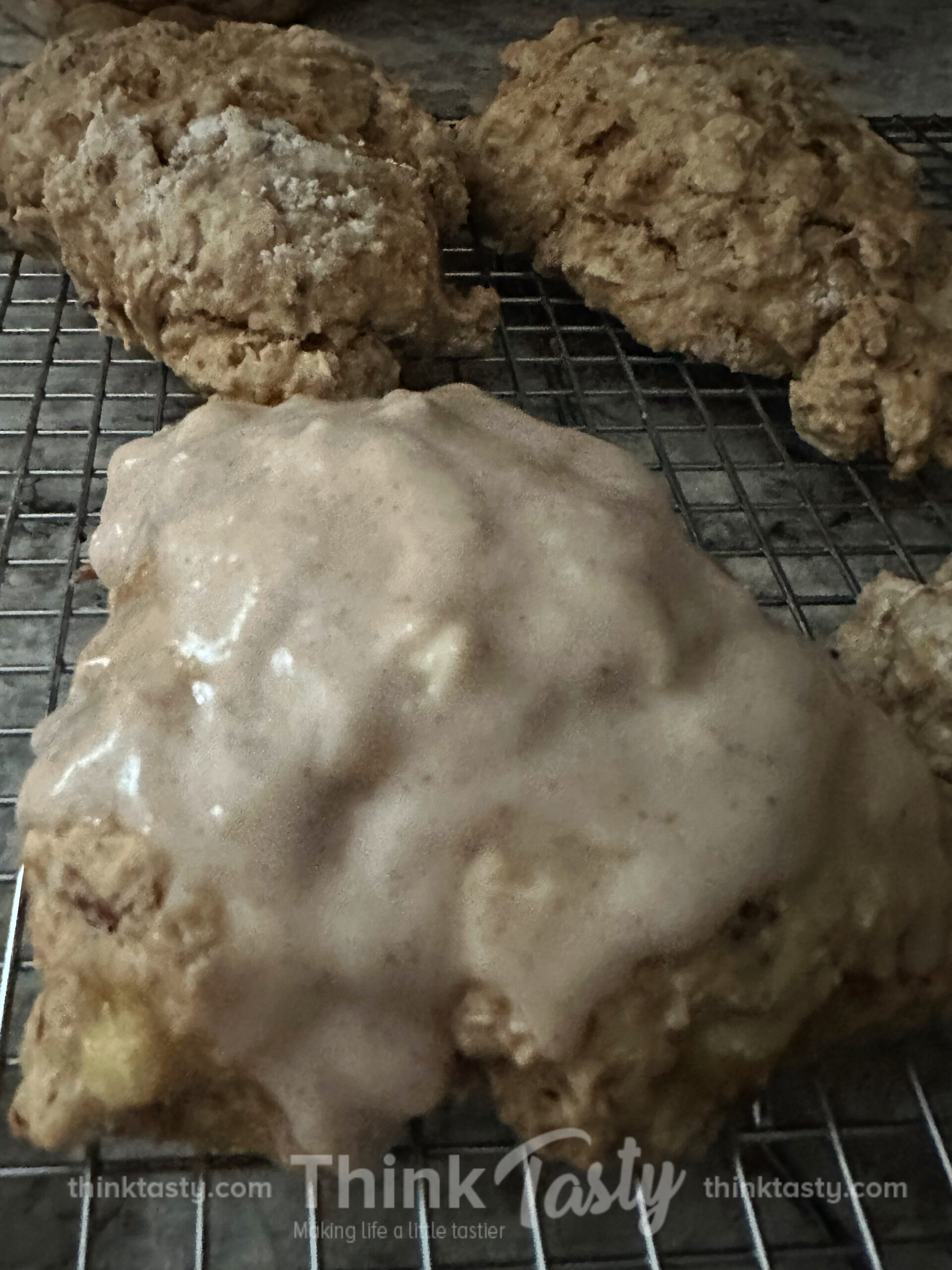ref=”https://thinktasty1.wpengine.com/wp-content/uploads/2013/09/parchment-pd.jpg”> Parchment paper is indispensable to the French cook, and once you learn its many uses, you’ll wonder how you lived without it. While it used to be difficult to find outside specialty stores, it’s now readily available in grocery stores. If you don’t use it very often, a roll of parchment paper – the way it’s sold in grocery stores – doesn’t take up much room. However, I suggest you do what the pros do and buy it by the sheet. Without the frustration of dealing with the curl it takes on when stored on a roll, you’ll reach for it happily and often.
Parchment paper is indispensable to the French cook, and once you learn its many uses, you’ll wonder how you lived without it. While it used to be difficult to find outside specialty stores, it’s now readily available in grocery stores. If you don’t use it very often, a roll of parchment paper – the way it’s sold in grocery stores – doesn’t take up much room. However, I suggest you do what the pros do and buy it by the sheet. Without the frustration of dealing with the curl it takes on when stored on a roll, you’ll reach for it happily and often.
So what tasks does this special paper perform? Specially treated to be moisture, heat, and stick-resistant, parchment paper can be used to line baking, sheet, and pizza pans; cover braising vegetables and meats; cook “en papillote,” roll out pastry; keep counters clean when grating cheese or vegetables; line containers to store cookies, baked goods, and candies; made into disposable piping bags; used to separate meats and baked goods for freezer storage; and it will even replace specialty items like banana leaves or corn husks when making ethnic foods.
Parchment paper comes pre-cut in different size rounds, squares, and sheets. If you bake often, buying them sized to fit your pans makes sense. If not, it’s easy enough to cut sheets to fit a particular pan, although there will be some waste. I save all but the smallest bits for use in the toaster oven. Lining the pan with parchment when heating a slice or two of pizza makes easy work of cleaning up that baked-on cheese.
Lining cake pans with wax paper works, but parchment paper is sturdier and less likely to get soggy and stick to the bottom of the cake. It’s also safe in the oven up to about 420°F, so I use it instead of oil inside my enameled cast iron casserole when baking free-form breads. It can take the place of cornmeal on a clay pizza stone.
If you’re simmering vegetables on the stove top with liquid you want to evaporate by the time they’re cooked, a round of parchment paper on top will allow the liquid to cook away but keep the tops of the veggies from drying out. If you’re braising meats, cover with a round of parchment paper, but also with the lid. Braising is done in a small amount of liquid, usually about halfway up the sides of the meat. Using parchment will keep the part of the meat not submerged moist, and the lid will keep the liquid for the sauce from evaporating.
Cooking “en papillote” combines several methods of cooking – baking, braising, and steaming. Foods which cook quickly, like fish, are placed on a sheet of parchment paper with an herb butter, often a vegetable or two, herbs, and sometimes a bit of broth or wine. The parchment is formed into a packet and placed on a sheet to bake. The oven heat turns the liquid into steam which braises or steams the food, and the butter melts to flavor it. It’s dramatic to have diners open the packet at table and enjoy the pent-up scent rushing out. Don’t tell them how easy to was to assemble everything ahead of time, or how easy the clean-up will be!
While I prefer to work directly on the counter when rolling out pastry, some like to use parchment paper underneath the dough to keep the counter clean. Try it and see what you think.
Next time you have cheese to grate or flour to sift, line the counter with a sheet of parchment paper and go to town. When you’re done, all that’s needed is to pick up the paper, fold it, and pour the contents wherever they go. No scraping or wiping required, and you haven’t been hampered by trying to work “within the lines.”
If you make tamales regularly, you probably keep dried corn husks on hand. But if you’re trying something new or ran out, you can use parchment paper as a stand-in. Other traditional “wrappers” like banana leaves can also be replaced by parchment paper. So don’t let lack of access to specialty ingredients keep you from trying something new.
When storing cookies or candies, use layers of parchment paper to keep them from sticking to each other. To make it easy to separate burger patties, steaks, chops, or crêpes, waffles or pancakes when they’re defrosted, use parchment paper between them.
And lastly, when storing a casserole with an acidic ingredient, cover it with parchment paper before sealing with foil. I’m especially thinking of anything with tomato sauce. Ever found the top of a lasagna covered with little specks of dark foil? Me, too. It’s unattractive and who wants to consume aluminum foil? Doesn’t matter whether the food is cooked or not. If it’s not cooked, remove the parchment paper before cooking; and use fresh to cover leftovers when storing.
Parchment paper has many uses and makes life in the kitchen easier. What’s not to like? Try some and see.




